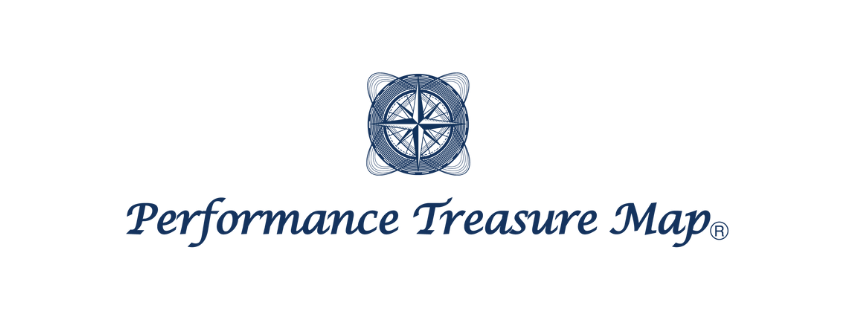Thank you for visiting this blog!
In this blog, we will introduce the “Corrective & Preparation Exercise,” which is the final point of meaningful breakdown within the first map of the Performance Treasure Map, the Original K-Map.
We will explore the purpose, procedures, and important points of each exercise, as well as:
- Principles and fundamentals for performing the exercise
- How it links to performance (treasure)
Our goal is to help you better understand these exercises.

After reading this blog, I hope it serves as a useful guide for you when prescribing exercises to clients or athletes!
This time, we will introduce the “Dead Bug”!

Exercise Classification in Original K-Map
When breaking down the factors of performance, they can be classified as follows:
Range of motion Muscle function Technique
Further breaking down “muscle function,” we have:
Normalization of breathing patterns
Acquisition of mobility and stability
Core reflexes and co-contraction
Activation of surrounding muscle groups
The “Dead Bug” is primarily used for:
Acquisition of mobility and stability
Core reflexes and co-contraction
Let’s explain these points further.
Principles and Fundamentals
First, let’s look at the principles and fundamentals of the exercise.
The principles of “Joint by Joint Theory” and “Core,” which were introduced in previous blogs, are key!
▼Joint by Joint Theory【General Principle】

▼Core【General Principle】

The human body has joints that play roles in mobility and stability, connected in a chain.

As a fundamental principle of programming, it is necessary to “acquire proximal stability to gain distal mobility,” with a focus on stabilizing the lumbar-pelvic region (LPHC) to facilitate the mobility of the limbs.
Connection to Performance
Increase in Intra-abdominal Pressure
During inhalation, the diaphragm (the upper cover) is pushed down, and other muscle groups contract eccentrically to maintain pressure, resulting in increased intra-abdominal pressure and stability in the sagittal plane, stabilizing the spine.
This ability allows for safe and effective training, such as squats and deadlifts, by achieving neutral pelvic positioning and controlling lumbar hyperextension.

Sagittal Plane Mobility and Stability
When considering compensatory movements (errors) that might occur during safe and effective execution of exercises like squats and deadlifts, the root causes often lie in the sagittal plane.
For example:
Restrictions in ankle dorsiflexion → knee inward movement and trunk rotation as compensatory actions.
Improving movements in the sagittal plane can enhance compensatory movements in the frontal and horizontal planes. Thus, acquiring sagittal plane movements is a primary objective at the beginning of the program.
The basic starting point for this is the “Dead Bug,” aimed at achieving separate movements of the core and limbs while lying on your back.
Dead Bug

Purpose
・Acquisition of mobility and stability
・Co-contraction of the core
Starting Position
Lying on your back, keep your head to your buttocks on the ground, raising both your hands and feet.
Procedure
①Move one leg
Exhale for 3 seconds while lowering one leg towards the ground, then inhale for 3 seconds while bringing it back up.
②Move the opposite arm and leg
Exhale for 3 seconds while lowering the opposite arm and leg towards the ground, then inhale for 3 seconds while bringing it back up.
Key Points
Maintain contact from your head to your buttocks with the ground during the exercise.
Conclusion
This time, we introduced the “Dead Bug”!
In the Dead Bug exercise, by moving opposite limbs, you can apply eccentric load to the core while maintaining the parallel position of the pelvic floor muscles and diaphragm, achieving coordination in the core region.

Next time, we will introduce “Leg Lowering”!
Similar to the Dead Bug, this exercise aims to achieve stability in the core while acquiring mobility in hip flexion, and I will explain how to differentiate between the two.
Please look forward to it!
▼For those interested in more details about PTM and K-Map, please visit here:
▼For purchasing the Original K-Map, please visit here:

This post is also available in ja.


